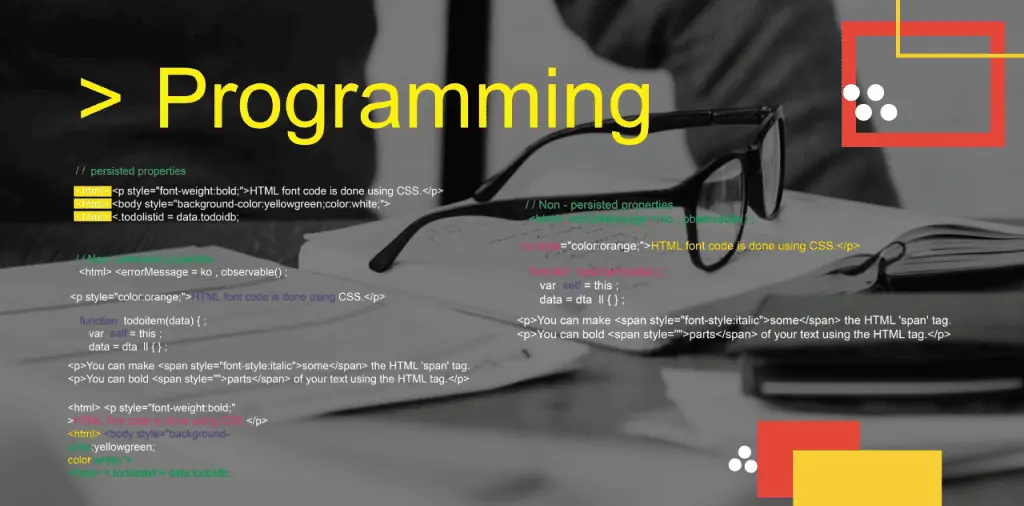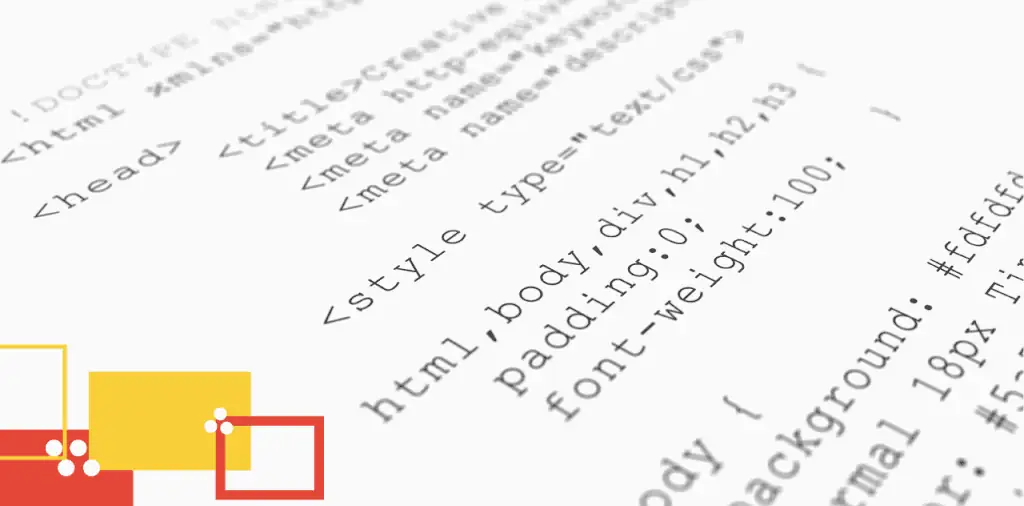A Comprehensive Guide For Writing Readable Code

Remember the times when programming was reserved only for software engineers? Well, not anymore, as coding is present in all aspects of people’s lives. Even children and those who would never call themselves programming wizards write lines of code. And although it’s getting easier to do thanks to the palette of tools online, writing readable code is still a challenge.
Even among developers, everyone has their own coding style. When reading someone’s code, you are not merely reading plain words, but figuring out the thinking process of the author.
That’s why it’s crucial to get the gist of what readable code looks like and learn some tips to achieve it.
No worries, let’s do it together!
Why Writing Readable Code Matters
Per Krugle’s white paper ‘The 4 Hidden Costs of Code Maintenance’, developers spend more than 75% of their time on someone else’s code.
Not only other people, but the future you too will probably have to access your code and spend so much time understanding it, modifying, or fixing it.

And this isn’t because you were clueless about how to write it back then, but because code is a living thing. You change something in one part of it, and the other lines start wreaking havoc. You might even have to kill it before it lays metaphorical eggs (bugs in this case).
Maintenance is simply too big and costly. Therefore, setting up good foundations should be your priority.
So to begin, here are some positive sides of writing readable code.
Faster Debugging and Easier Maintenance
Whenever in trouble with the code, most developers turn to their best buddy Stack Overflow. But even good ole Stack cannot read our minds. So writing clearly is a must!
When the connection between variables is written in a confusing manner, fixing errors can turn out to be a nightmare. That said, proper pillars foster best practices in terms of testing, and in general maintenance after the deployment.
Further, writing readable code is a prerequisite for the quicker addition of features and upgrades to the software.
Less Technical Debt
Changing source code always carries the risk of failure and future bugs. Introducing any new features into badly written code can cause a system to crash. As a developer, you will surely agree that’s a nightmare!
Without serious refactoring and as a result of bad code, the entire product roadmap could be stuck in a stalemate. This can consume both time and money, while with understandable code most of it could have been avoided.
In fact, the latest stats suggest engineers spend 33% of their time struggling with technical debt.
Faster Onboarding Of New Team Members
Onboarding new developers and explain how their system operates is something tech teams have to go through.
Having code that’s readable can speed up the onboarding process. The new guy or girl will get familiarized with the code and pick up their duties before you know it.
Key Obstacles For Writing Readable Code
In an ideal world, deadlines would be easily attainable without having to stretch yourself too much. But we all know, we don’t live or work in that ideal world. So the first roadblock in this sense is not having enough time.
When the deadline is closing in and the manager is getting angry since there is still so much to be done before the release, what else is there to do? Whether the code is readable becomes less important in this case. You are rushing to write code that just works.

And when you finally deliver that code, you would think it’s time to sit down and dedicate some time to refactoring. But this isn’t always true.
Sometimes, there will be a constant push toward jumping to the next task without sorting out the code that’s already written. It’s not unusual as the market is tough, but it’s up to developers to allocate some time to clean up their code.
Another thing that prevents developers from writing readable code could originate from a poor understanding of the problem at hand.
Sometimes, developers start writing code to devise a solution to a problem without actually understanding the true nature of the problem. The result? Typically, it’s a mess in need of constant debugging.
Tips For Writing The Code Everyone Can Read
So you now know why you need to write so others (or you) can understand it. And you also know what often stands in the way of that.
But how can you actually write readable code? Here are some useful tips on how to do that:
Avoid redundancies and repetitions
Repetition is the mother of learning, true, but not in writing code lines. So whenever you need to write particular code again, always assign the common variable or function to it.
In that way, when your company for example changes its name, someone who has to enter your code and change it will be able to do it in one place. Otherwise, there is a long road to changing it, one line at a time.
Stick to descriptive naming
Variable names should suggest the idea behind the variables to the person reading your code. Adopt the practice of using names that describe the intent and give the right amount of information about it, and always be consistent.
So avoid using abbreviations for variable names. The same goes for dates that are important only to you at the time of implementation.

Take advantage of good comments
The basic rule for writing readable code is adding comments for chunks of code, and describing its purpose. It’s a real life savior.
In fact, these work the best when you want to mark an update to code or bug a that was fixed. This tactic combats tight deadlines when you don’t have enough time to write ‘clean’ code.
Code lines should be short
Writing code like it’s an essay, all in one paragraph is impractical and makes it impossible to read by someone later on.
Your code lines shouldn’t exceed 180 characters, before hitting enter.
Small functions to break big chunks of code
If one block of code works based on several input parameters, and you want it to be more understandable, try breaking it into multiple one-job functions.
For instance, you want to write code to calculate x, check if it’s larger than 0, and then perform some action in case it is. Break this into 3 smaller functions instead of one block. Your future self will thank you.
Wrapping up
These are just a few tips to illuminate your path to masterfully writing readable code. Of course, it takes time and practice, so don’t beat yourself up if you don’t manage it straight away.
While this article is a good first step, be sure to reach out to your developer community as well. Also, check out some helpful organizations like LearnToCodeWith.ME, that might offer valuable guidelines if you are only now embarking on your coding journey.
Ultimately, writing readable code is a challenge that can be overcome with the right mindset and approach.
